Physical Address
304 North Cardinal St.
Dorchester Center, MA 02124
Physical Address
304 North Cardinal St.
Dorchester Center, MA 02124
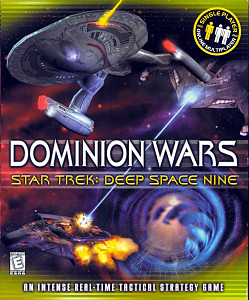
The Dominion War stands out as one of the most gripping and transformative conflicts in the Star Trek universe. Portrayed vividly in Star Trek: Deep Space Nine, this war pitted the United Federation of Planets and its allies against the formidable Dominion and its loyal subjects. The epic storyline unfolds across numerous episodes, is further explored in books and immersive games, and remains a subject of debate and speculation among fans. From the timeline of battles and heavy casualties to the intricate map of alliances and the enigmatic Dominion species, the Dominion War continues to be a defining event—some even argue, an event that never truly happened.
The Dominion War is one of the most intense and gripping story arcs in Star Trek history, unfolding mainly in the final seasons of Deep Space Nine. It pits the United Federation of Planets and its allies—the Klingon Empire and later the Romulan Star Empire—against the Dominion, a powerful and ruthless empire from the Gamma Quadrant, allied with the Cardassian Union and the mysterious Breen Confederacy. The war is notable for its scale and brutality, marking a darker and more complex chapter in the Star Trek universe. It challenges the ideals of the Federation, pushing characters into difficult moral and strategic decisions as they face infiltration, betrayal, and devastating battles. The conflict begins with subtle hints and escalates into full-scale warfare, including the Dominion briefly occupying Deep Space Nine itself. Ultimately, the war ends with the Dominion’s defeat and a fragile peace treaty restoring previous boundaries. This storyline deeply impacted the Star Trek universe, showing the heavy costs of war and the resilience required to survive it, making it a standout saga for fans and a turning point for the franchise’s tone and storytelling.
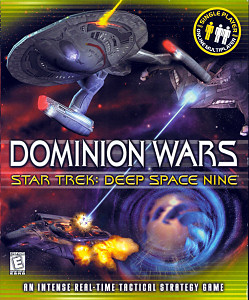
The Dominion War episodes in Star Trek: Deep Space Nine form one of the most intense and memorable story arcs in the entire Star Trek universe. Spanning the last two seasons, these episodes dive deep into a brutal conflict between the Federation and the Dominion, a powerful and ruthless alliance from the Gamma Quadrant. The war challenges the ideals of the Federation like never before, forcing characters to make tough, often morally gray decisions in the face of overwhelming odds.
Some standout episodes include the opening arc of Season 6, where Captain Sisko and his crew fight on the front lines, showing the harsh realities of war. Episodes like In the Pale Moonlight reveal how far Sisko is willing to go to secure victory, blending personal sacrifice with political intrigue. The war also brings heartbreaking losses, such as the death of Jadzia Dax, and moments of profound tragedy, like in Tears of the Prophets. Overall, the Dominion War arc is praised for its complex storytelling, character development, and its willingness to explore darker themes, making it a defining chapter of Deep Space Nine and a landmark in Star Trek history.
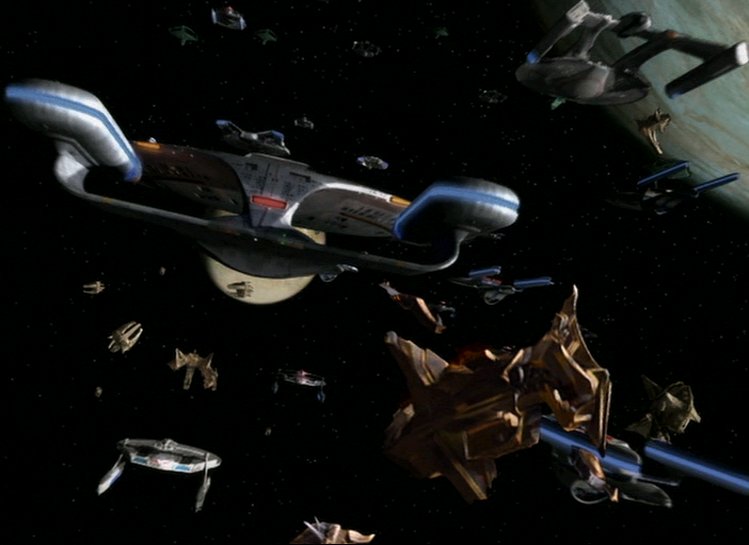
The Star Trek: The Dominion War books dive deep into the intense conflict introduced in Star Trek: Deep Space Nine. These novels expand on the gripping war between the Dominion and the Alpha Quadrant powers, including the Federation, Klingons, and Romulans. They explore high-stakes battles, political intrigue, and the desperate efforts of Starfleet to counter the Dominion’s relentless advance.
One of the key storylines follows Captain Jean-Luc Picard and the crew of the Enterprise-E as they face new threats, including the Dominion’s attempt to create an artificial wormhole to bring reinforcements into the Alpha Quadrant, which could tip the war in their favor. The books blend action with character-driven drama, showing how the war challenges the ideals and loyalties of familiar characters.
These novels are a great way for fans to experience the Dominion War beyond the TV series, offering fresh perspectives and deeper insight into this pivotal Star Trek saga. Whether you love space battles or complex political plots, the Dominion War books capture the epic scale and emotional weight of this iconic Star Trek conflict.
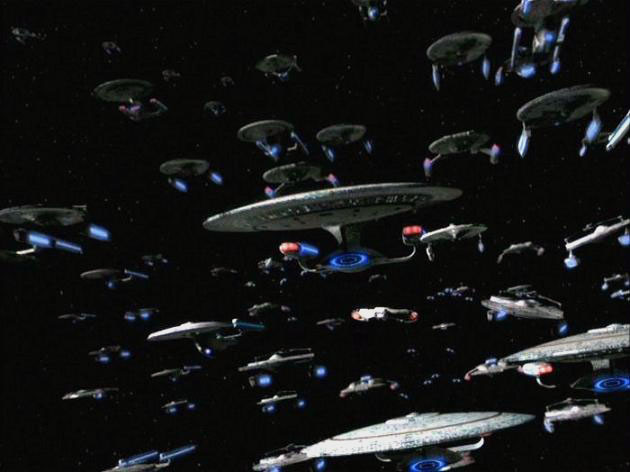
If you’re a fan of Star Trek and strategy games, Star Trek: Deep Space Nine – Dominion Wars is a classic worth checking out. Released in 2001, this game combines real-time tactics with space combat simulation, letting you command up to six ships from the Federation, Klingons, Cardassians, or Dominion. You get to choose your ships, captains, and gear before each mission, which adds a nice layer of strategy and customization.
The gameplay involves completing both primary and secondary objectives, offering multiple ways to win. While the game has its quirks—like occasional bugs and a somewhat slow pace—many players find it engaging to pilot massive starships in the heat of the Dominion War. If you want to play it on modern PCs, there are patches and fixes available to help it run smoothly, though you might need to try a few to find the right one for your version.
You can find the game available for download as an ISO file for Windows, often bundled with manuals and patches to enhance your experience. It’s a nostalgic dive into Star Trek’s Deep Space Nine universe that still holds appeal for strategy and sci-fi fans alike.
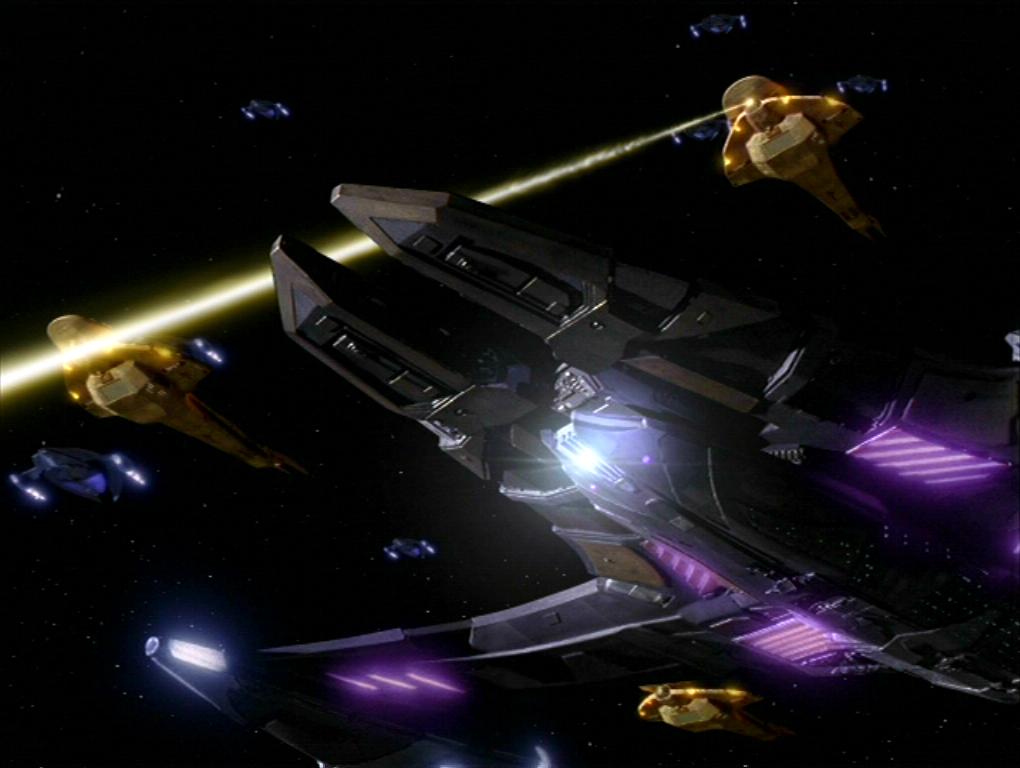
The Dominion War is a major conflict in the Star Trek universe, primarily depicted in Star Trek: Deep Space Nine. It unfolds between 2373 and 2375, involving the Dominion, a powerful empire from the Gamma Quadrant, allied with the Cardassian Union and later the Breen Confederacy, against the Alpha Quadrant alliance of the United Federation of Planets, the Klingon Empire, and eventually the Romulan Star Empire. The war begins with escalating tensions and skirmishes near the Bajoran wormhole, a strategic gateway between quadrants.
As the Dominion gains strength, Cardassia joins their side, tipping the balance and deepening the conflict. The war sees intense battles, including the fall of Deep Space Nine, which was a key strategic location. The Federation and its allies form a united front to resist the Dominion’s expansion, leading to a prolonged and brutal struggle. The war dramatically reshapes political alliances and power structures in the galaxy, with major battles like the Battle of Alpha Centauri and the eventual occupation of Earth and other Federation planets by Dominion forces in later phases of the conflict. Despite overwhelming odds, remnants of Starfleet and Romulan forces regroup to continue resistance, highlighting the war’s long-lasting impact on the Star Trek universe.
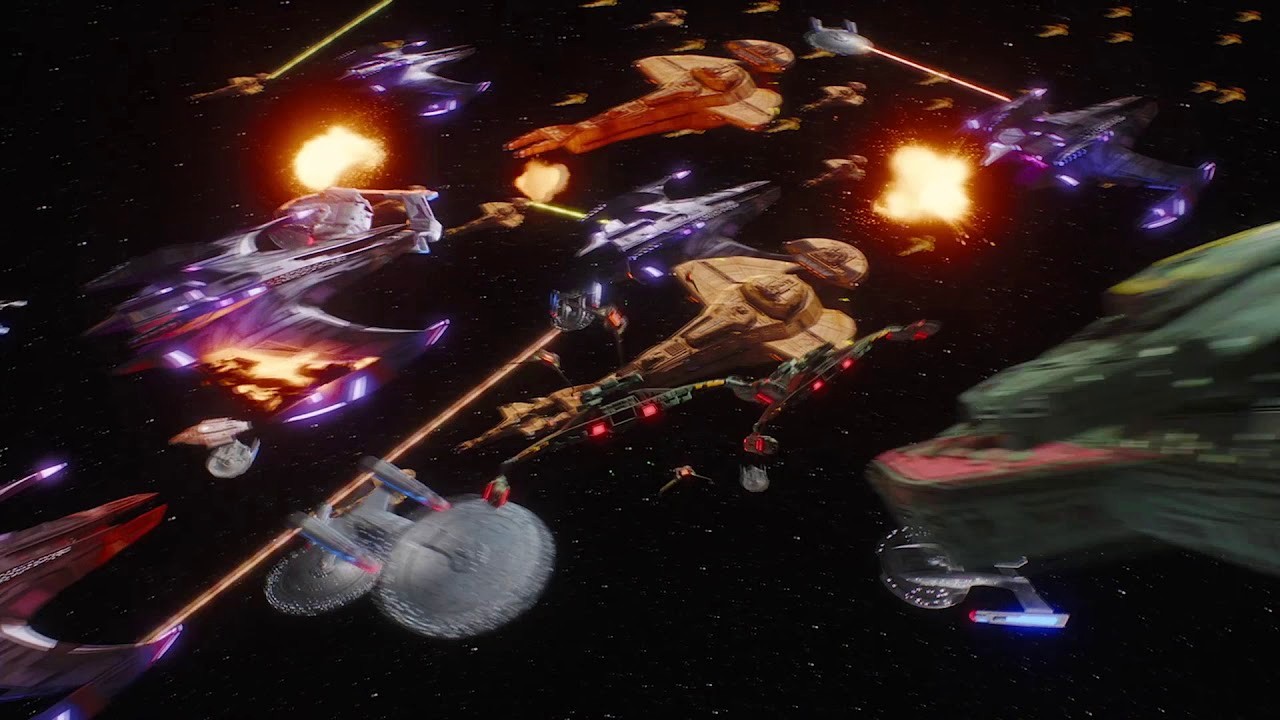
The Dominion War, a major conflict in the Star Trek universe, resulted in staggering casualties across multiple species and factions. The Cardassians suffered the most devastating losses, with about 800 million civilians killed and at least 7 million soldiers lost during the war. This horrific toll was partly due to the Dominion’s genocidal campaign against the Cardassian race after a resistance movement rose up against them. The Federation also faced heavy losses, with estimates of around one million Starfleet personnel killed and tens of millions of Federation civilians affected, especially in territories occupied by Dominion forces. The Klingon and Romulan Empires, both key players in the war, endured significant casualties as well, though exact numbers are less clear. The war’s brutality extended beyond the battlefield, involving covert operations, political alliances, and desperate tactics to turn the tide. Despite the immense loss of life and destruction, the Dominion was eventually forced to surrender, ending a conflict that reshaped the Alpha Quadrant and left deep scars on all involved.
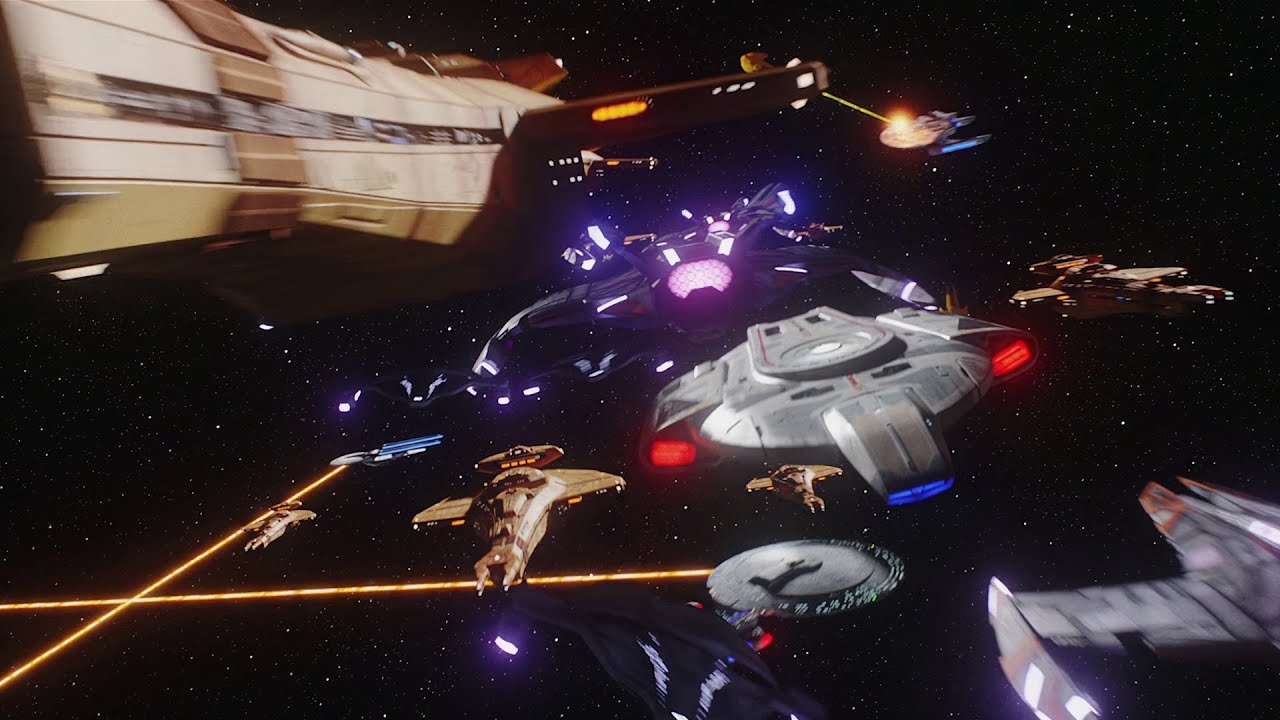
The Dominion War Map is a fascinating visual tool that tracks the major battles and territorial shifts during the Dominion War, a key storyline in Star Trek: Deep Space Nine. This war was a massive conflict involving the Dominion, Cardassian Union, and Breen Confederacy against an alliance of the Federation, Klingons, and Romulans. The map shows how the war spread across the Alpha Quadrant, highlighting strategic locations like Deep Space Nine, which was captured early on by the Dominion, and other critical battle sites such as Tauros 3 and the Tyra system.
What makes the Dominion War Map especially interesting is how it reflects the evolving front lines and the intense back-and-forth nature of the conflict. You can see the Dominion’s initial advances and how the Federation Alliance pushed back in key operations like the retaking of Deep Space Nine. The map also illustrates the complex alliances and shifting control over star systems, giving fans a clear picture of the war’s scale and stakes. It’s a great way to visualize the story’s tension and the epic scope of this galactic struggle.
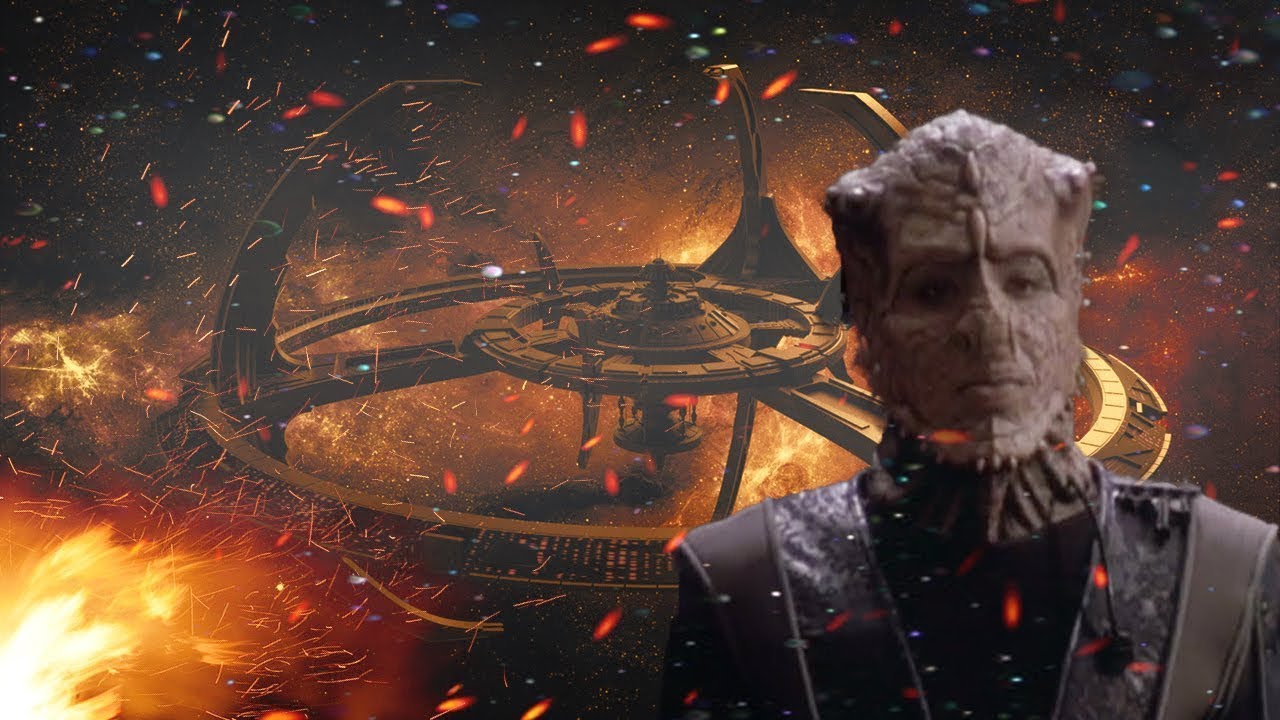
The Dominion is a powerful and complex interstellar empire from the Gamma Quadrant in the Star Trek universe. At its core are the Founders, a mysterious race of shape-shifters also known as Changelings, who created the Dominion and hold absolute control over it. They govern through genetically engineered servant species: the Vorta, who act as administrators, diplomats, and commanders, and the Jem’Hadar, fierce soldiers bred for combat and loyalty. Together, these groups maintain a strict hierarchy and enforce the Dominion’s will across hundreds of subjugated species and planets.
Beyond these main groups, the Dominion includes various other species like the Cardassians, Breen, Karemma, and T-Rogorans, many of whom were coerced or conquered into joining. The Founders’ strategy relies heavily on genetic engineering, strict order, and long-term planning, often using espionage and diplomacy before resorting to military force. The Dominion’s rigid social order demands absolute obedience, with severe consequences for disobedience. This combination of biological control, political manipulation, and military might makes the Dominion one of the most formidable powers in Star Trek’s galaxy.
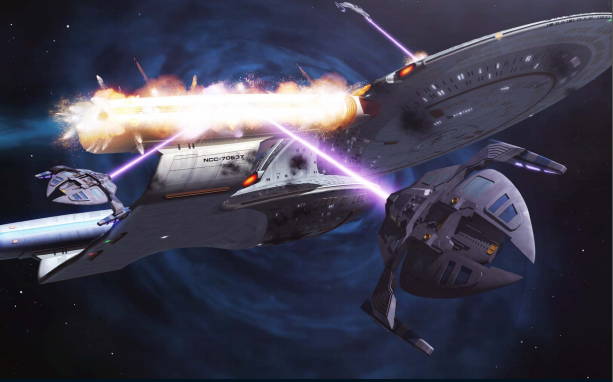
Klingon is a fascinating constructed language created for the Star Trek universe. It was first mentioned in the original series in 1967 but wasn’t actually spoken until Star Trek: The Motion Picture in 1979. The language was fully developed by linguist Marc Okrand for Star Trek III: The Search for Spock to give the Klingons a real, structured way of speaking instead of just random sounds.
Klingon, or tlhIngan Hol in its own tongue, has a unique grammar and vocabulary that reflect the warrior culture of the Klingons. It’s not just a fictional language; it has a dedicated community of speakers and learners, supported by the Klingon Language Institute, who enjoy speaking, writing, and even singing in Klingon. The language’s creation was inspired by the need to make Klingons more believable and culturally rich, evolving from a few words to a full language that appears regularly in Star Trek shows and movies. It’s a great example of how a fictional world can inspire real-world linguistic creativity and fandom.
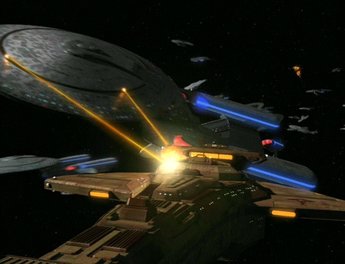
The Dominion War is a major storyline in Star Trek: Deep Space Nine, but imagine if it never actually happened. Without this conflict, the Federation and its allies wouldn’t have faced the intense, galaxy-wide struggle against the Dominion, a powerful and dangerous force from the Gamma Quadrant. The war, which officially started in 2373, involved many factions like the Federation, Klingons, Cardassians, and the Dominion itself, and it shaped the political and military landscape of the Alpha Quadrant for years. Without the war, the alliances forged under pressure, such as the renewed Federation-Klingon partnership, might never have formed, and the Federation’s focus on military readiness would have been very different. The war’s absence would also mean no devastating battles, no internal political strife within the Klingon Empire, and no lasting scars on the Federation’s psyche. The Dominion’s threat would remain a looming possibility rather than a proven danger, and the complex aftermath involving peace treaties and rebuilding efforts wouldn’t exist. In short, the Star Trek universe would be a much less turbulent place, but also less rich in the dramatic tension and character growth that the Dominion War brought to the series.
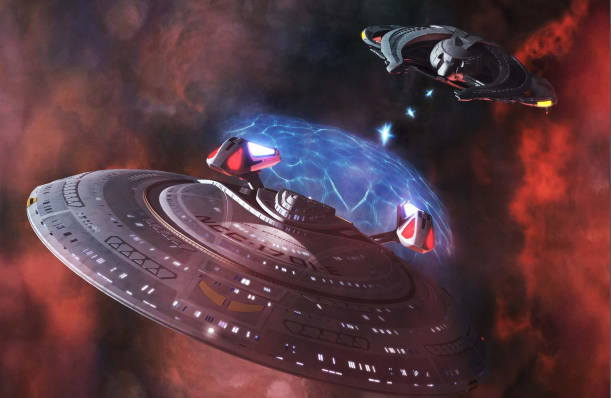
In conclusion, the Dominion War stands as a pivotal arc in the Star Trek universe, showcasing the resilience and complexity of its characters while exploring profound themes of warfare, sacrifice, and morality. The conflict not only tested the alliances of the United Federation of Planets but also illuminated the darker aspects of command and the cost of victory. Through its rich storytelling and character development, the Dominion War reinforced the series’ standing as a thought-provoking commentary on the consequences of conflict. Ultimately, this saga not only entertains but also invites viewers to reflect on the broader implications of war and peace in our own world.